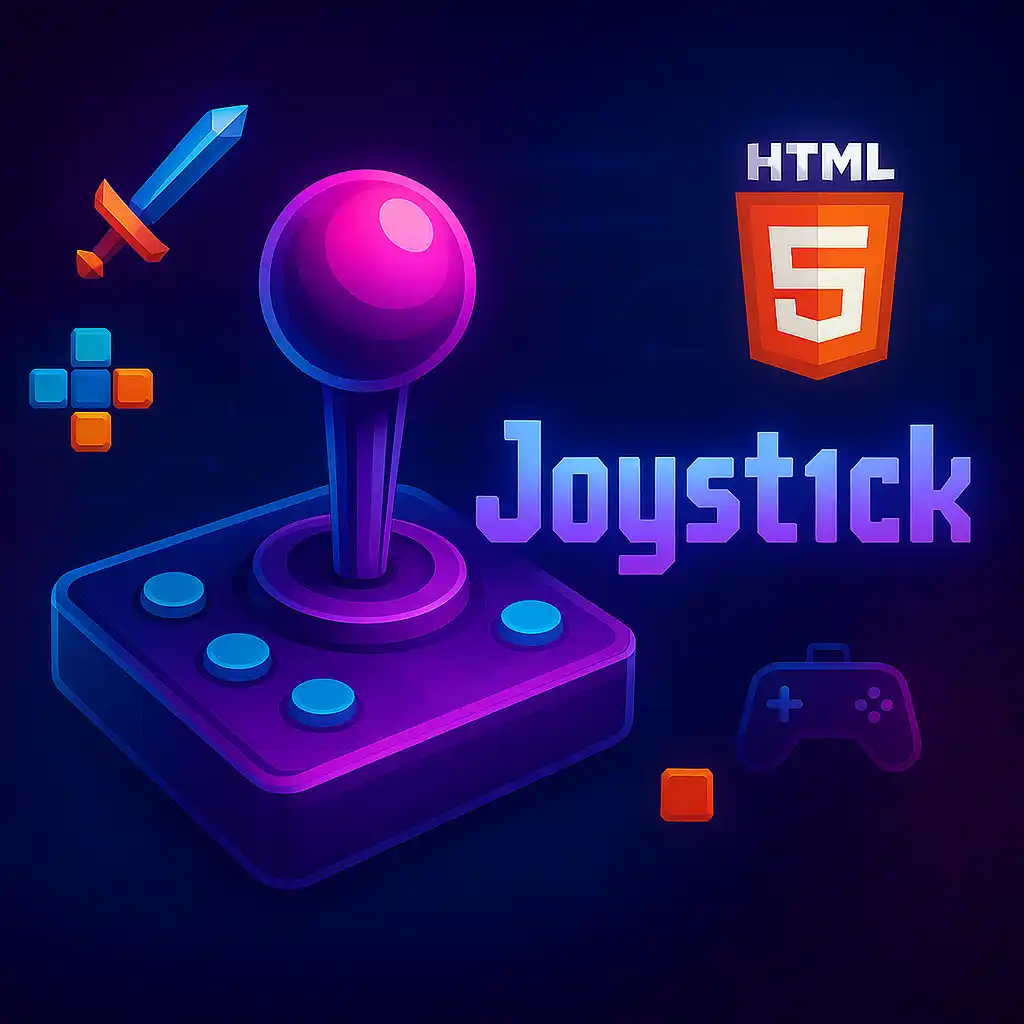Table of Contents
Key Considerations for Optimizing Performance in Godot Mobile Games
1. Efficient Use of Assets
- Texture Compression: Use Power of Two textures and compress them with ETC1 or ETC2 formats for Android to reduce memory load.
- Resource Management: Implement streaming of large textures and audio, and make use of Godot’s ResourceLoader to dynamically load assets when needed.
2. Game Logic Optimization
- Script Performance: Optimize GDScript by preloading nodes and scripts, using static typing where possible to increase execution speed.
- Signals and Callbacks: Minimally use signals due to their overhead and prefer direct method calls where applicable.
3. Rendering and Graphics
- Use GLES2: For mobile devices, often GLES2 renderer provides better performance as it’s lighter on resources compared to GLES3.
- LOD Systems: Implement Level of Detail (LOD) for models to ensure lower-poly assets are used at greater distances.
4. Profiling and Testing
- Use Godot’s Profiler: Regularly profile your game to identify bottlenecks.
- Device Testing: Test on multiple devices to ensure performance consistency across different hardware.
5. User Engagement and ASO
- App Store Optimization: Consider integrating ASO strategies to enhance app visibility and download rates in app stores. Find detailed ASO techniques here.
Play free games on Playgama.com
